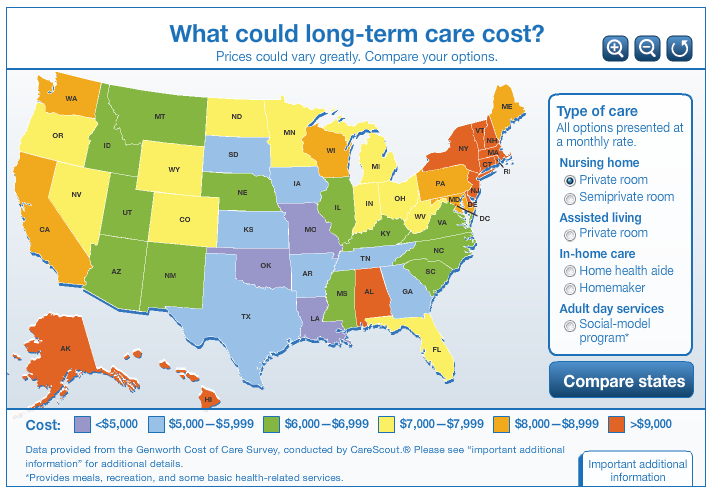5 Ways To RiskManage Your Income Portfolio In 2015
Post on: 21 Май, 2015 No Comment

The economic and investment environment continues to be complicated as we close the books on another calendar year. While equity-income prices are generally not of the “bubble” variety that many bears point to, there is no question that “value,” in the traditional sense of the word, is getting much more difficult to find in a stock investment that throws off cash. And bonds, especially of the investment grade variety, though they still hold their own, are a tough sell for any investor looking for robust payouts.
Given today’s unique environment, income investors should play it smart, diversifying and hedging bets to maximize risk-adjusted total return, ensure stable portfolio cash flow, preserve capital, or whatever goal is deemed a priority. As we get set for the ball to drop in Times Square, here are 5 Ways To Risk-Manage Your Income Portfolio In 2015.
- Hold A Bit More Cash Than Usual: Though this is somewhat of a tactical timing maneuver in that it presumes an equity correction and an ultimate rise in interest rates, I don’t think holding a few more greenbacks is a bad idea at this juncture. This is not a call to sell everything or churn a portfolio, instead consider notching cash exposure up if equities continue their bullish ways. The risk is that the market, well, continues its bullish ways or that interest rates continue to slide.
- Up Exposure To High-Yield: Given the general risks of high-yield investing, this is more of a contrarian, value call based on the recent sell off in the space and is not for everyone. The recent drop in oil prices has led to a wholesale move lower in junk bonds as well as business development companies (BDCs) that lend to less creditworthy middle-market entities. The fear has been that some sort of credit contagion will spread from oil throughout the high-yield space. This creates mispricing in issues that have been unnecessarily been thrown out with the bath water. My continuing advice for HY exposure has been to look at closed-end funds (CEF) selling at discounts to net asset value. Many BDCs are likewise trading at discounts to tangible value, which also may spell opportunity. Still, don’t get crazy here HY/BDC exposure should represent a rather small portion of the average income investor’s portfolio.
- Utilize Options To Generate Income: Most investors don’t utilize options strategies, yet there can be value in doing so. Investors can generate additional income in one of two different ways in overbought conditions. Covered call sellers generate instant premium income by agreeing to let go of an owned stock at an agreed upon, generally higher “out-of-the-money” price at a future date. Cash-secured put sellers gain premium by agreeing to buy a stock at a generally lower “out-of-the-money” price in the future. Given the fact that 75% of all options have historically expired worthless, this provides for an attractive risk-adjusted method of generating income. Investors disinclined to sell options on their own can utilize closed-end funds which specialize in typically covered call selling.
- Don’t Make Big Bets: Since most income investors have capital protection and preservation as a larger priority than capital gains, it makes sense to over-diversify as opposed to under-diversifying a portfolio. Even if you have a “high conviction” investment idea, it may not be prudent to over-expose to it. For those interested in a more in-depth discussion of the topic, you may want to read the “dissertation ” I wrote on the diversification earlier in the year. Spreading your risk around to many securities may represent the easiest, most effective way to protect a portfolio from “black swan” or unpredictable events in the securities’ markets.
- Understand Your Risk Tolerance: It gets easy to forget about the downside risks of financial markets when we are in the midst of a bull market. Therefore, it is likely that newer investors may be overexposing themselves to equities or taking more general income chance than they really should be. Unfortunately, when the next big market drop occurs, many investors will find out the hard way that they’ve taken too much risk via sleepless nights or when they engage in panic selling. While it’s hard to know how one will react in times of market trauma, you should try to envision how you’d react if the paper value of your portfolio dropped 25% how about 50 percent? If you think you may be overexposed to risky assets, now’s the perfect time to dial back the risk knob a bit.

With the Fed finally having ended its artificial financial stimulus methods in our ZIRP world, 2015 represents somewhat of a return to economic “normalcy.” As consensus seems somewhat split on what actions central bankers will make and direction the economy will take, income investors may be best advised to protect their portfolios by seeking value when it is offered and preparing for a less robust returns environment. Risk management, while always an important portfolio attribute, should be at a premium in the upcoming year.
About the author: Adam Aloisi has over two decades of experience investing in equities, bonds, and real estate. He has worked as an analyst/journalist with SageOnline Inc. Multex.com, and Reuters and has been a contributor to SeekingAlpha for better than two years. He resides in Pennsylvania with his wife and two children. In his free time you may find him discussing politics, playing golf, browsing antique shops, or traveling.














